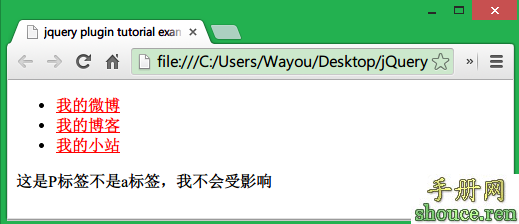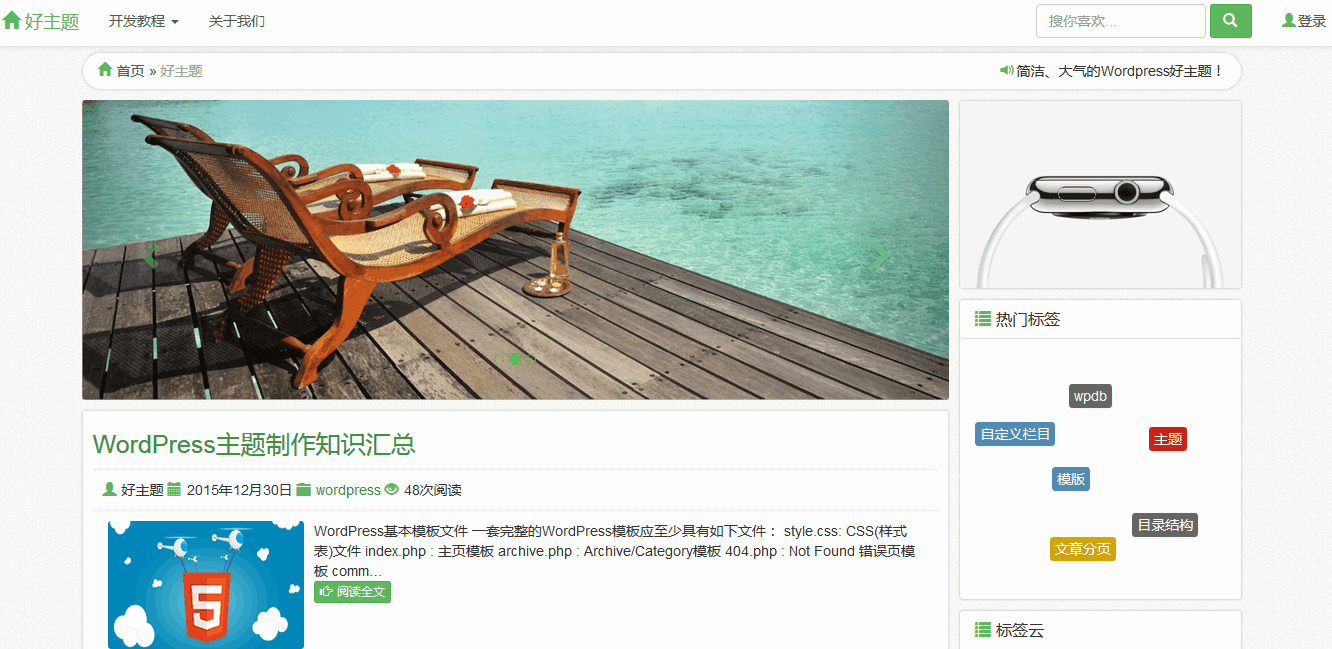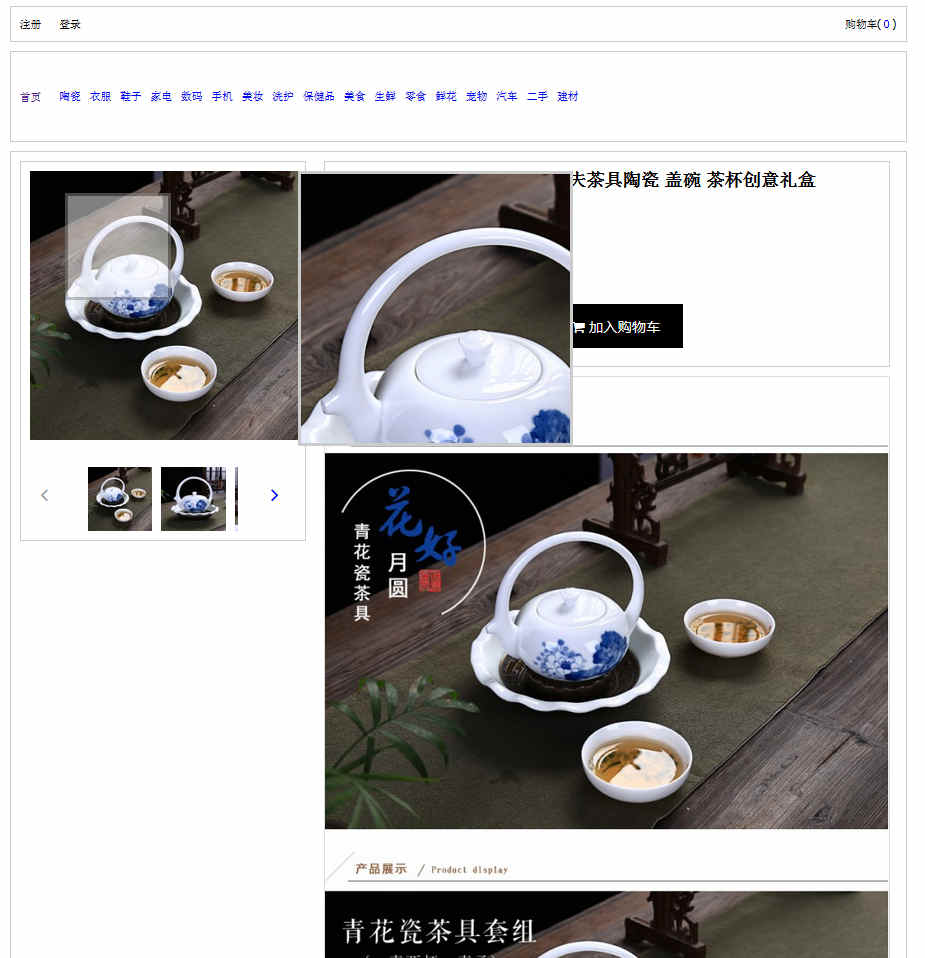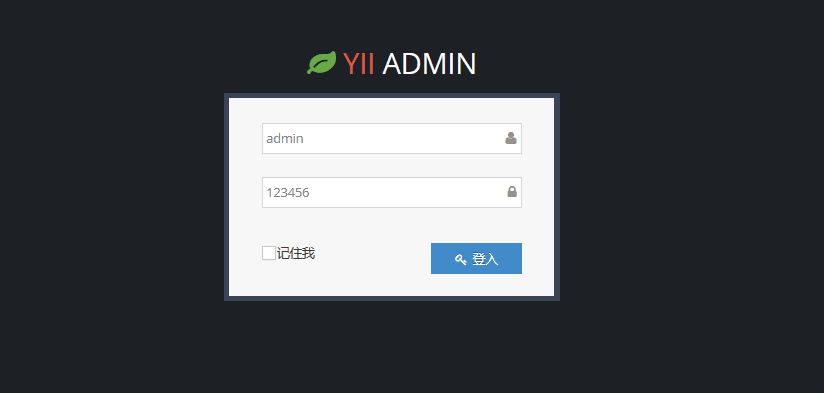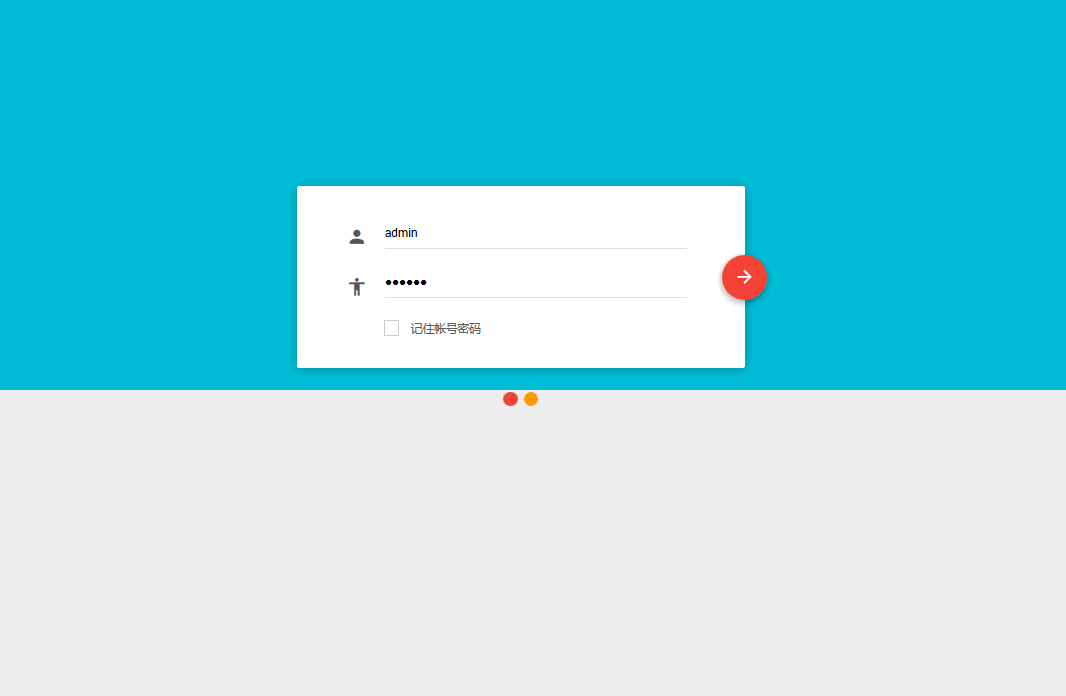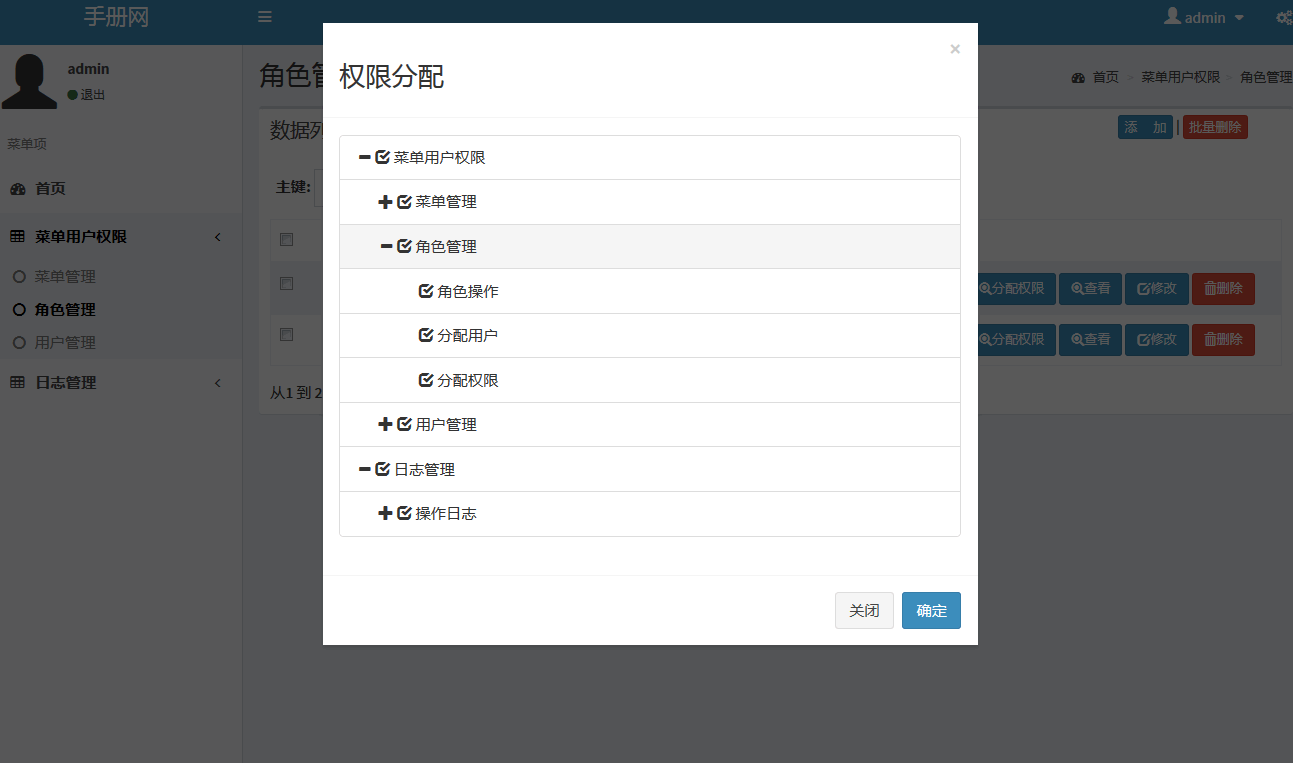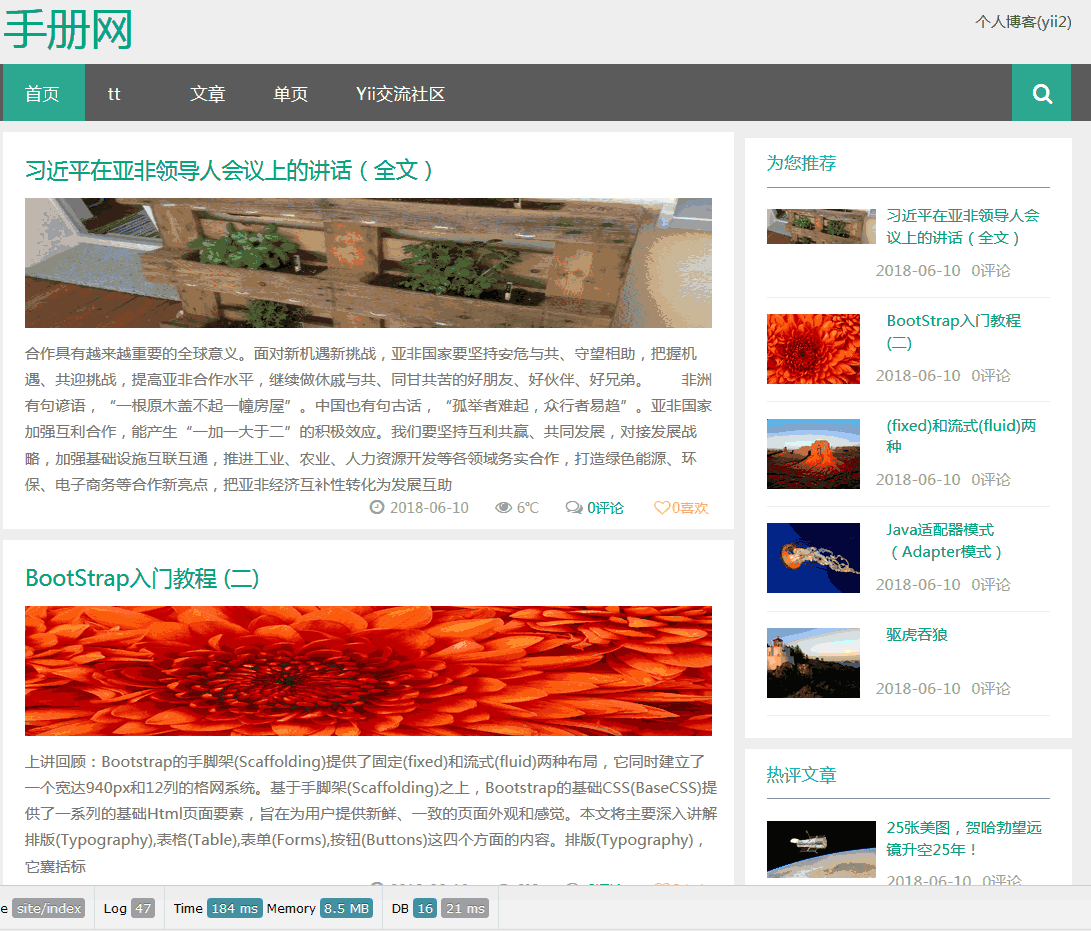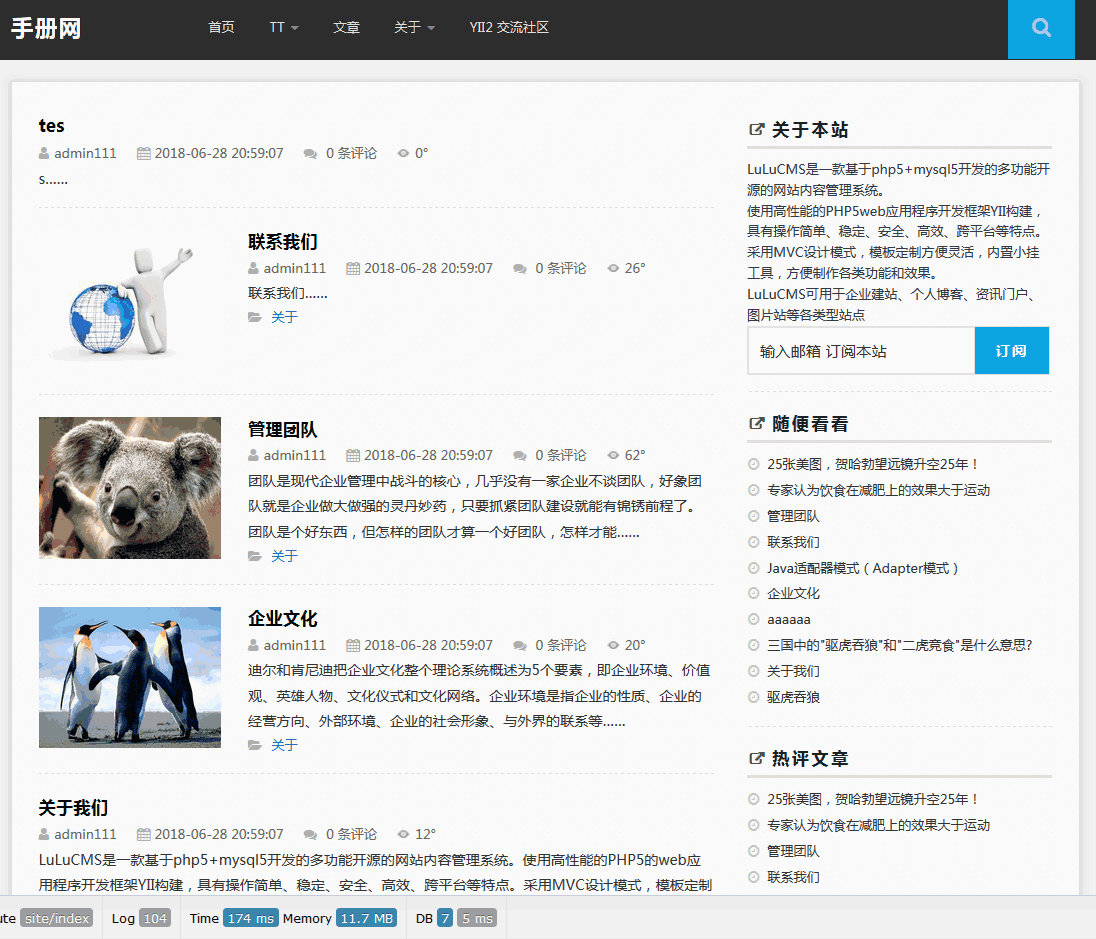Yii自定义验证规则
简单的方法:在 model 内部定义规则
最简单的定义验证规则的方法是在使用它的模型(model)内部定义。
比方说,你要检查用户的密码是否足够安全.
通常情况下你会使用 CRegularExpression 方法验证,但为了本指南,我们假设不存在此验证方法.
首先在模型(model)中添加两个常量
const WEAK = 0; const STRONG = 1;
然后在模型(model)的 rules 方法中设置:
/**
* @return array validation rules for model attributes.
*/
public function rules()
{
return array(
array('password', 'passwordStrength', 'strength'=>self::STRONG),
);
}
确保你写的规则不是一个已经存在的规则,否则将会报错.
现在要做的是在模型(model)中创建一个名称为上面填写的规则的方法(即 passwordStrength)。
/**
* check if the user password is strong enough
* check the password against the pattern requested
* by the strength parameter
* This is the 'passwordStrength' validator as declared in rules().
*/
public function passwordStrength($attribute,$params)
{
if ($params['strength'] === self::WEAK)
$pattern = '/^(?=.*[a-zA-Z0-9]).{5,}$/';
elseif ($params['strength'] === self::STRONG)
$pattern = '/^(?=.*\d(?=.*\d))(?=.*[a-zA-Z](?=.*[a-zA-Z])).{5,}$/';
if(!preg_match($pattern, $this->$attribute))
$this->addError($attribute, 'your password is not strong enough!');
}
刚才创建的方法需要两个参数:* $attribute 需要验证的属性* $params 在规则中自定义的参数
在模型的 rules 方法中我们验证的是 password 属性,所以在验证规则中需要验证的属性值应该是 password.
在 rules 方法中我们还设置了自定义的参数 strength,它的值将会放到 $params 数组中.
你会发现在方法中我们使用了 CModel::addError().
添加错误接受两个参数:第一个参数是在表单中显示错误的属性名,第二个参数时显示的错误信息 。
完整的方法:继承 CValidator 类
如果你想把规则使用在多个模型(model)中,最好的方法时继承 CValidator 类。
继承这个类你可以使用像 CActiveForm::$enableClientValidation (Yii 1.1.7 版本后可用) 类似的其他功能。
创建类文件
首先要做的是创建类文件.最好的方法时类的文件名和类名相同,可以使用 yii 的延迟加载(lazy loading)功能。
让我们在应用(application)的扩展(extensiions)目录(在 protected 文件夹下)下新建一个文件夹.
将目录命名为: MyValidators
然后创建文件: passwordStrength.php
在文件中创建我们的验证方法
class passwordStrength extends CValidator
{
public $strength;
private $weak_pattern = '/^(?=.*[a-zA-Z0-9]).{5,}$/';
private $strong_pattern = '/^(?=.*\d(?=.*\d))(?=.*[a-zA-Z](?=.*[a-zA-Z])).{5,}$/';
...
}
在类中创建属性,此属性为在验证规则中使用的参数.
CValidator 会自动根据参数来填充这些属性.
我们也创建了两个其他的属性,它们为 preg_match 函数使用的正则表达式.
现在我们应该重写父类的抽象方法(abstract method) validateAttribute
/**
* Validates the attribute of the object.
* If there is any error, the error message is added to the object.
* @param CModel $object the object being validated
* @param string $attribute the attribute being validated
*/
protected function validateAttribute($object,$attribute)
{
// check the strength parameter used in the validation rule of our model
if ($this->strength == 'weak')
$pattern = $this->weak_pattern;
elseif ($this->strength == 'strong')
$pattern = $this->strong_pattern;
// extract the attribute value from it's model object
$value=$object->$attribute;
if(!preg_match($pattern, $value))
{
$this->addError($object,$attribute,'your password is too weak!');
}
}
上面的方法我认为就不用解释了.当然你也可以在 if 的条件中使用常量,我推荐使用.
实现客户端验证
如果要实现客户端验证还需要重写类中的方法 clientValidateAttribute.
/**
* Returns the JavaScript needed for performing client-side validation.
* @param CModel $object the data object being validated
* @param string $attribute the name of the attribute to be validated.
* @return string the client-side validation script.
* @see CActiveForm::enableClientValidation
*/
public function clientValidateAttribute($object,$attribute)
{
// check the strength parameter used in the validation rule of our model
if ($this->strength == 'weak')
$pattern = $this->weak_pattern;
elseif ($this->strength == 'strong')
$pattern = $this->strong_pattern;
$condition="!value.match({$pattern})";
return "
if(".$condition.") {
messages.push(".CJSON::encode('your password is too weak, you fool!').");
}
";
}
正如你看到的此方法简单的返回了一个在验证中将使用到的 javascript.
最后一步:在模块(model)中怎么使用自定义的验证类
下面有几种方法来实现:
你可以在返回 规则数组(ruels array)前 使用 Yii::import 方法,或使用Yii的符号方式:
/**
* @return array validation rules for model attributes.
*/
public function rules()
{
return array(
array('password', 'ext.MyValidators.passwordStrength', 'strength'=>self::STRONG),
);
} 


